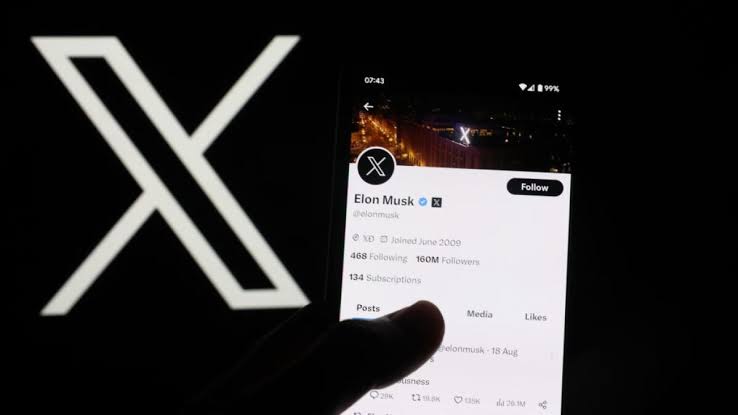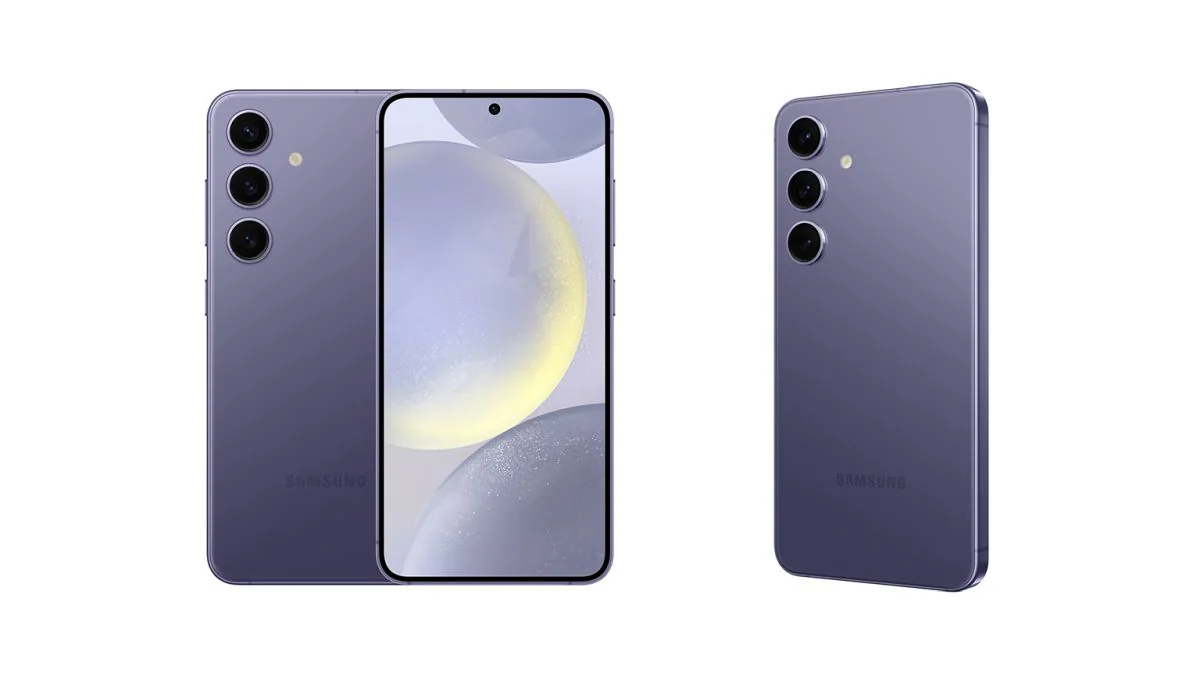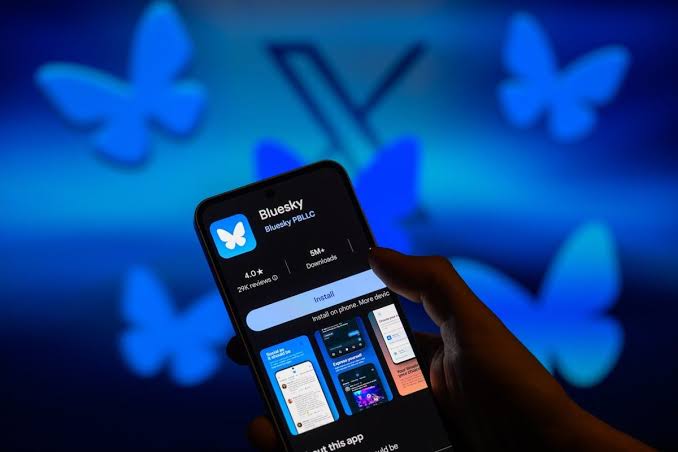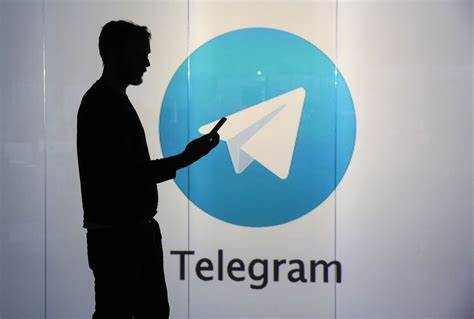YouTube is set to enhance user experience on its mobile app by introducing a new feature called “Play Something.” This feature, which aims to streamline video discovery by allowing users to play suggested content with a tap, was announced on Friday.
A new way to discover content
Read also: YouTube expands AI auto-dubbing feature to knowledge-sharing creators
On Android devices, the “Play Something” button will appear as a floating action button (FAB) in the lower right corner of the YouTube app interface. When tapped, it plays a video tailored to the user’s viewing preferences, which may include both YouTube Shorts and regular videos.
This feature is designed to reduce users’ time scrolling through endless options, making it easier to find engaging content quickly.
When the app is opened, the “Play Something” button replaces the minimized video player. If a user has an active minimized player, the button becomes inaccessible.
This design choice ensures that users can focus on enjoying their selected video without distractions.
The video player will display in portrait orientation. On the right side of the screen, buttons for liking, disliking, commenting, and sharing will be located, similar to the layout used for YouTube Shorts.
Read also: YouTube on your TV? Airtel Nigeria teams up with Google to convert analogue TVs into smart screens
Background and development
The “Play Something” feature concept has been in development for over a year. Its first public appearance was noted in May 2023 when a Reddit user spotted it.
Since then, YouTube has refined the functionality, leading to its current iteration in version 19.50 of the Android app. The feature’s introduction aligns with YouTube’s ongoing efforts to enhance user engagement by simplifying how viewers discover new videos.
YouTube’s founder, Steve Chen, and co-founders Chad Hurley and Jawed Karim revolutionized how people consume video content online when they launched the platform in 2005.
Their vision of making video sharing accessible has evolved into a multi-faceted service that continues to innovate with features like “Play Something.” This new addition reflects YouTube’s commitment to adapting to user needs and preferences in an increasingly competitive streaming environment.
As users navigate countless videos daily, features like “Play Something” are essential for maintaining engagement and satisfaction. By offering personalized recommendations at the touch of a button, YouTube aims to recreate an old-school discovery experience reminiscent of earlier internet browsing days—where users could stumble upon unexpected gems rather than be overwhelmed by choices.
The “Play Something” feature is being tested and unavailable to all users. However, those with access report that it significantly enhances their viewing experience by providing instant access to the content they will likely enjoy based on their previous interactions with the platform.
This innovative approach not only keeps viewers engaged but also reinforces YouTube’s position as a leader in digital video.









